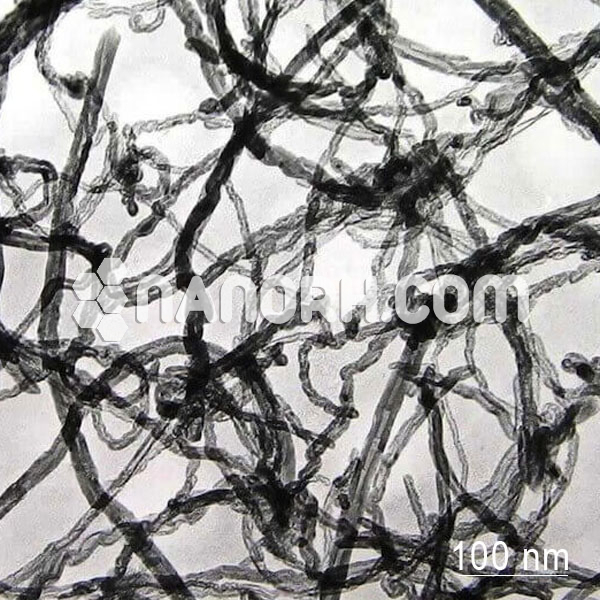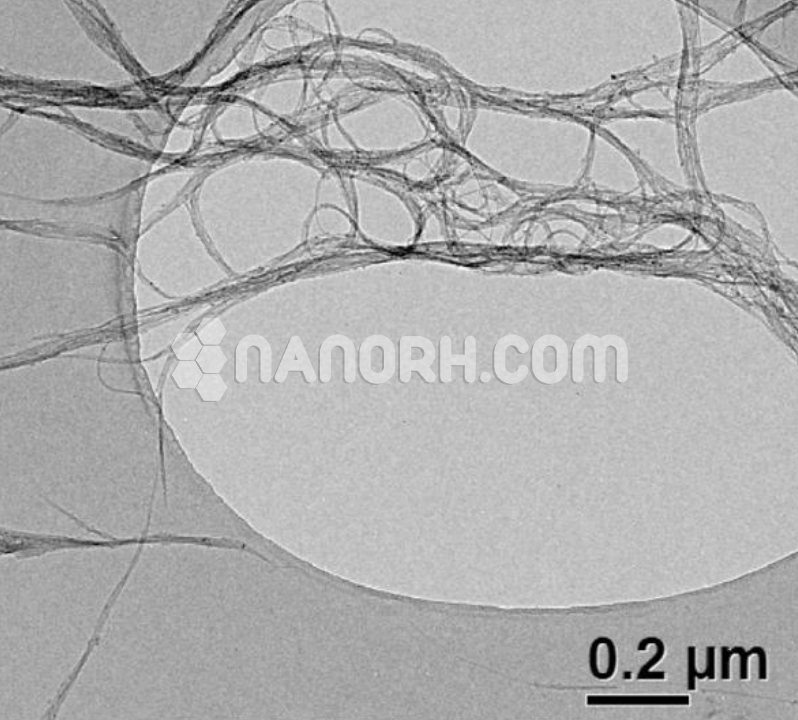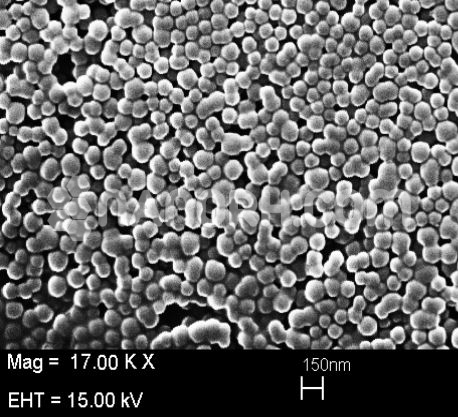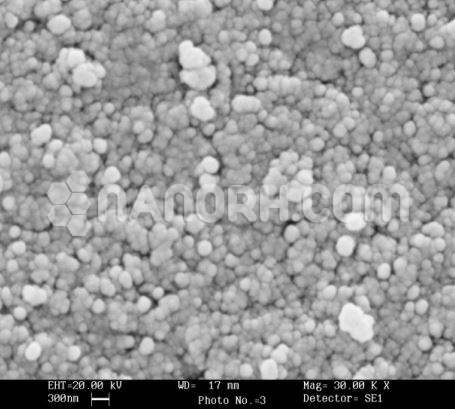Highly Conductive Carbon Black & Graphene & Carbon Nanotubes Mixed 20wt% in Water Dispersion
Properties: Effectively improve the electrical conductivity, thermal conductivity and mechanical properties; Effectively enhance tensile strength, hardness and elastic modulus characteristics. Also, Higher electrode conductivity and stronger electrode mechanical strength and adhesive attraction; The product is composed of high electric conductive CNTs and graphene and highly conductive carbon black nanopowder. The carbon black nanoparticles can not only prevent dispersed CNTs and graphene from reagglomerating, but also exhibit synergetic effect with CNTs and graphene.
| Highly Conductive Carbon Black & Graphene & Carbon Nanotubes | |
| Product No | NRE-24008 |
| CAS No. | 7782-42-5 |
| Formula | C |
| Molecular Weight | NA |
| APS | <100nm (Can be Customized) |
| Purity | >95 % |
| Color | Brown/black |
| pH | NA |
| Concentration | 1mg/ml |
| Density | ~ 2.1 g/cm³ at 20 °C |
Properties:
Effectively improve the electrical conductivity, thermal conductivity, and mechanical properties; Effectively enhance tensile strength, hardness, and elastic modulus characteristics. Also, Higher electrode conductivity and stronger electrode mechanical strength and adhesive attraction; The product is composed of high electric conductive CNTs and graphene and highly conductive carbon black nanopowder. The carbon black nanoparticles can not only prevent dispersed CNTs and graphene from agglomerating, but also exhibit a synergetic effect with CNTs and graphene.
Potential Applications:
screen displays, electric motors, sensing devices, aerospace and automotive devices, body armor and tear-resistant cloth fibers and textiles products, sports equipment. Serve as a conductive metallic or semiconductor, conductive films in coatings, plastics, certain bioscience applications, solar and electronic applications, additives in polymers, catalysts, electron field emitters for cathode ray lighting elements, flat panel display, gas-discharge tubes in telecom networks, electromagnetic-wave absorption and shielding, energy conversion; lithium-battery anodes, hydrogen storage, nanotube composites (by filling or coating), nanoprobes for STM, AFM, and EFM tips, nanolithography; nanoelectrodes, drug delivery, sensors, reinforcements in composites, supercapacitor.




